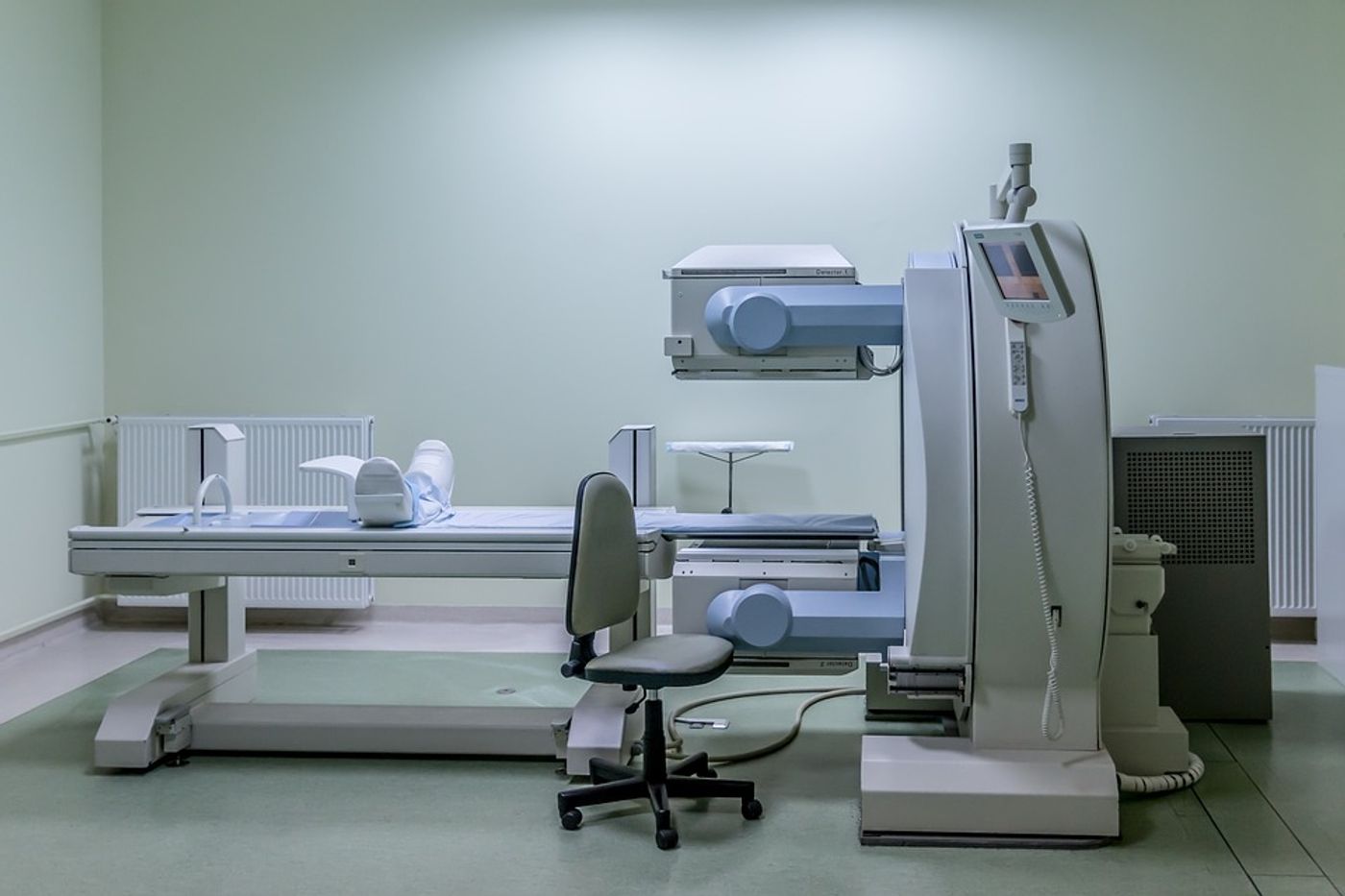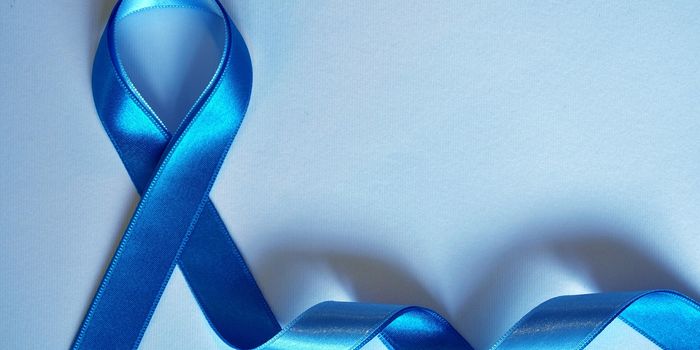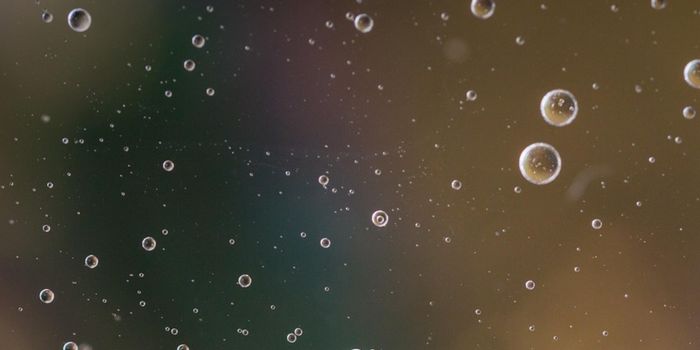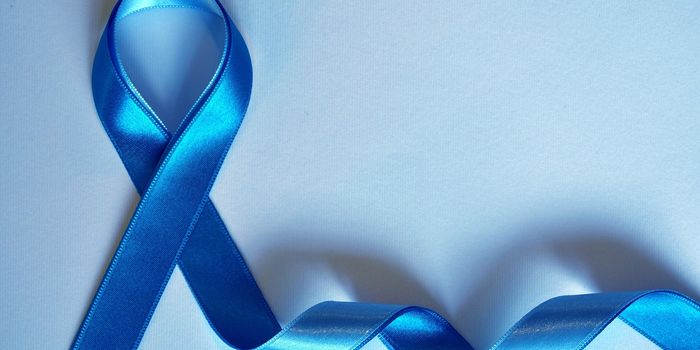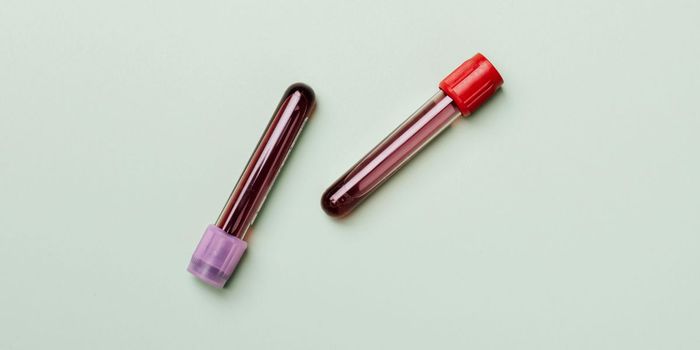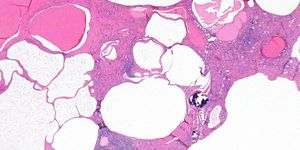New MRI Prevents Breast Biopsies You Don't Need
A new imaging option makes it possible to diagnose breast cancer with better accuracy, improved efficiency, and with more noninvasive options. Scientists from the German Cancer Research Center introduce a new version of MRI: diffusion kurtosis imaging.
The new diagnostic approach could greatly reduce the number of women who have biopsies because of false-positive results, received from mammograms and MRIs indicating they have a malignant abnormality when it is actually benign. A biopsy consists of medical professionals taking a tissue sample to diagnose a certain disease or condition.
"Nearly 35,000 women every year [have a breast biopsy after receiving a suspicious finding from a mammogram or MRI]," explained lead author Sebastian Bickelhaupt, MD. "However, in only about half of these cases is a malignant tumor actually found."
Mammography is a type of X-ray examination of the breast that can show changes in tissues, but the results are sometimes difficult to interpret. Experts estimate that one in 20 women receives a “suspicious finding” which often leads to a doctor recommending a biopsy. Diagnostic breast MRIs are regularly done alongside mammograms, especially for women who know they’re at a high risk of breast cancer. They use “gadolinium-based contrast agents” injected intravenously.
The new approach does not use contrast agents. Instead, “diffusion kurtosis imaging” uses something called “diffusion-weighted imaging (DWI) measurements. This provides information on the movement of water molecules inside individual tissues. Changes in the patterns of these movements can indicate the development of a malignant tumor.
Using a computer algorithm, scientists can illustrate patterns and potential changes in the lab. This visualization is an important part of this new diagnostic approach, as it provides a clear illustration of how breast tissue is changing as a result of tumor growth.
"Since malignant lesions disrupt the tissue structures at this level, diffusion kurtosis might serve as a relevant marker of changes,” Bickelhaupt explained.
Bickelhaupt and others evaluated data from 222 women to test the diagnostic abilities of the new diffusion kurtosis imaging technique. These women had all received results from a mammogram that either said their abnormalities were “suspicious” or “highly suspicious” of malignancy. They used the new imaging method before each woman also had a biopsy.
Diffusion kurtosis imaging reduced false-positive findings by 70 percent and detected 98 percent of malignant lesions, “comparable with the reliability” of traditional MRI methods. Researchers deemed the initial study a success.
"We use our own specially developed intelligent software to evaluate the images," explained computer scientist Paul Jäger. "This makes the method largely independent of interpretation by individual physicians."
Once the technique is tested in a larger group of people, it can start to be applied in the clinic, helping women know if they have malignancies before undergoing a biopsy. However, the current research team does not intend to replace traditional breast MRI techniques.
"Our goal is to obtain better noninvasive insight into the interior of the body and thus provide additional information about tissues for clinical evaluation by radiologists, along with the standard methods, which will continue to be relevant," Bickelhaupt explained.
The present study was published in the journal Radiology.
Sources: Radiological Society of North America, German Cancer Research Center, MedlinePlus.gov
